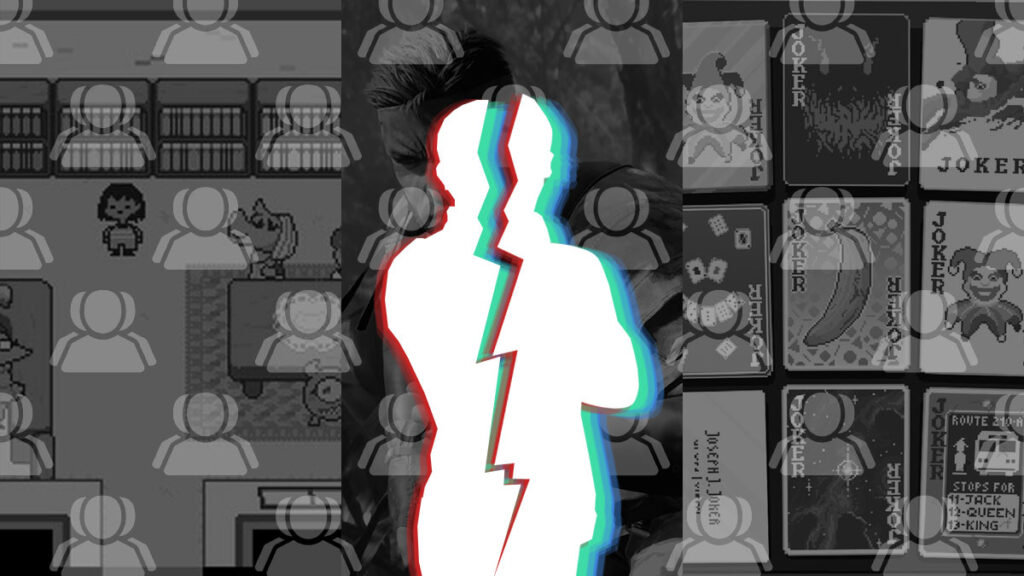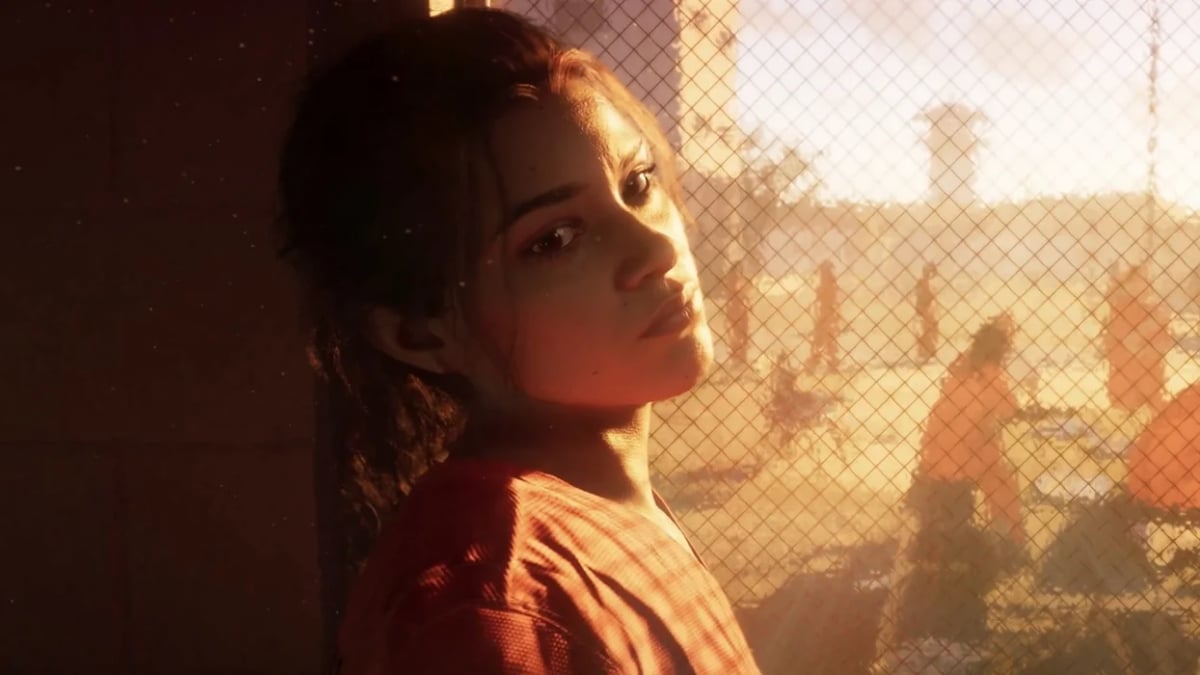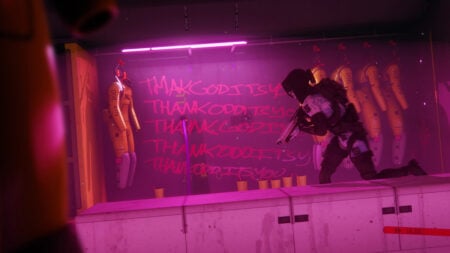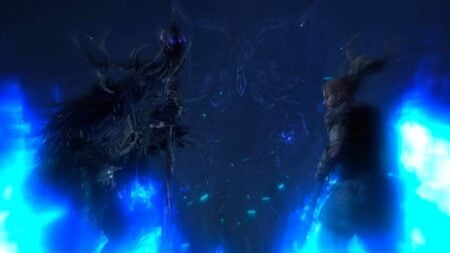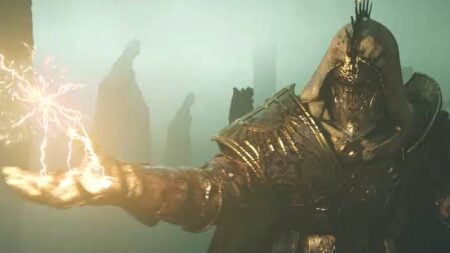At Summer Game Fest 2025, Geoff Keighley once again put a spotlight on ‘solo devs.’ Schedule I was called a one-man project, despite having multiple credited contributors. TVGS itself consists of Tyler, composer KAESUL, and artist Cody To, and that’s not counting the voice actors. Then, while introducing the Indonesian beat-em-up Acts of Blood, Geoff again said it was made by a solo developer. He corrected himself a second later, saying, “With help from nine friends.”
These kinds of moments keep happening — and not just on high-profile stages like Summer Game Fest.
When Stardew Valley blew up, the industry thought its solo dev success story was inspiring. When Balatro won Game of the Year at the 25th Game Developers Choice Awards, it was hailed as a one-man miracle. When Undertale‘s plot and music became a cultural phenomenon, many celebrated Toby Fox as a lone genius mastermind. But a problem arises when that particular number becomes gospel.
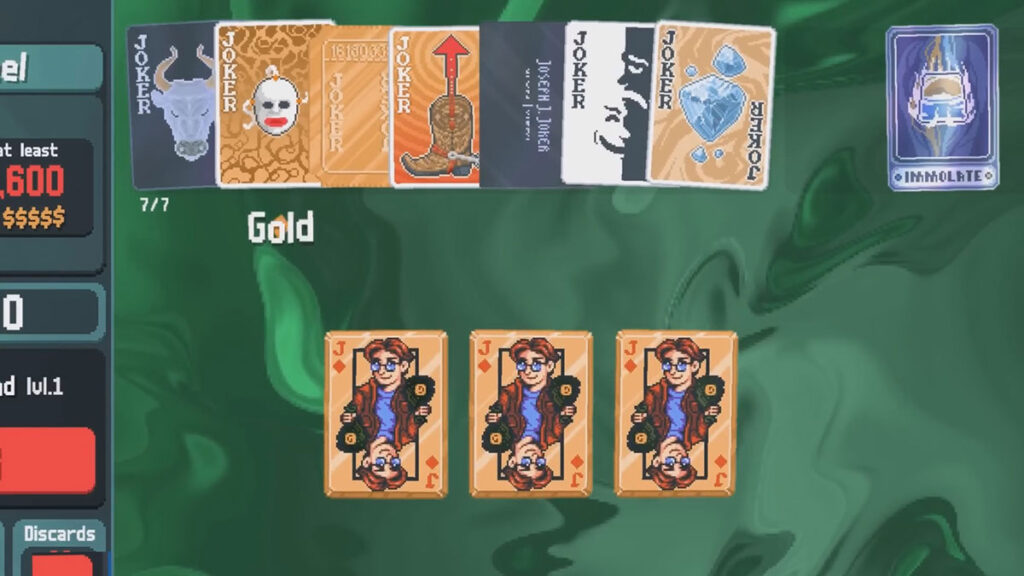
We start pretending that these projects were carefully handcrafted in a dimly lit garage by a singular mind from start to finish. Ignoring the messier reality behind how modern games are made.
Take Undertale, for example. Toby Fox handled most of the design, music, and programming. An impressive feat, sure. But others contributed too: Temmie Chang helped with art, while additional testers, translators, and musicians shaped the game as it neared release. Yet the magic ‘solo number’ quickly repeated everywhere — social media posts, YouTube, even major news sites.
Similarly, Balatro was regularly described as a one-person project. But developer Localthunk publicly clarified that others contributed to the whole project. 84 people professionally worked on it, according to the credits listed publicly on MobyGames. He definitely didn’t work on the music; LouisF did. Six people worked on quality assurance and testing, making sure your hands didn’t spiral into completely broken runs — most of the time. Even the Joker Vagabond card was made by someone else, Lumpy Touch.
“Look at the dang in-game credits,” LocalThunk wrote on BlueSky, frustrated by how easily these myths spread.
Funny enough, the industry’s habit of crediting singular figureheads is not a recent phenomenon. We’ve seen cults of personality that are formed behind game development — even way back in the early 2000s.
Have you heard of or remember John Romero’s Daikatana? He was once idolized as one of the rockstars behind Doom. But after splitting from id Software to form Ion Storm, Romero’s solo-led project crashed hard.
On the other side of the globe, there’s Keiji Inafune. Many saw him as the father of Capcom’s popular platformer Mega Man. Thus, when he announced the Mighty No. 9 Kickstarter, expectations were sky-high. The final game, though? A huge flop, plagued by nonstop delays, poor production, and design issues. So did the Mega Man Legends spiritual successor, Red Ash, which turned into ash at some point in history.
The same problem still applies even if the games are successful. Todd Howard, who often gets credit or blame for every single aspect of Bethesda’s work on The Elder Scrolls, Fallout, and Starfield. In reality, those games are the work of huge teams making thousands of decisions.
Arguably gaming’s biggest auteur, Hideo Kojima, also faces this issue. While Metal Gear and Death Stranding certainly reflect his creative vision, hundreds of developers across multiple disciplines contributed to those games. After all, in a 1999 interview with Nice Games (archived by Shmuplations), Kojima admitted he can’t program a game.
It’s obvious that Kojima Productions, despite its name, didn’t spring fully formed from Kojima’s brain alone. Once it broke off from Konami, at the very least 80 talented developers followed him to help make his ideas a reality. Not to mention partners like Guerrilla, motion capture company Katsugekiza, and video production Prologue Films, among others.
At the end of the day, game development is never the work of one lone genius in a vacuum. Even indie darlings exist because dozens — sometimes hundreds — of unsung artists, coders, and testers pour their time into them.
That doesn’t make these creators any less brilliant, but like being a part of a rock band, game dev is a messy, difficult, beautiful teamwork. So next time you see talks about ‘solo devs’? Maybe don’t skip that credits title, they’re there for a reason.

